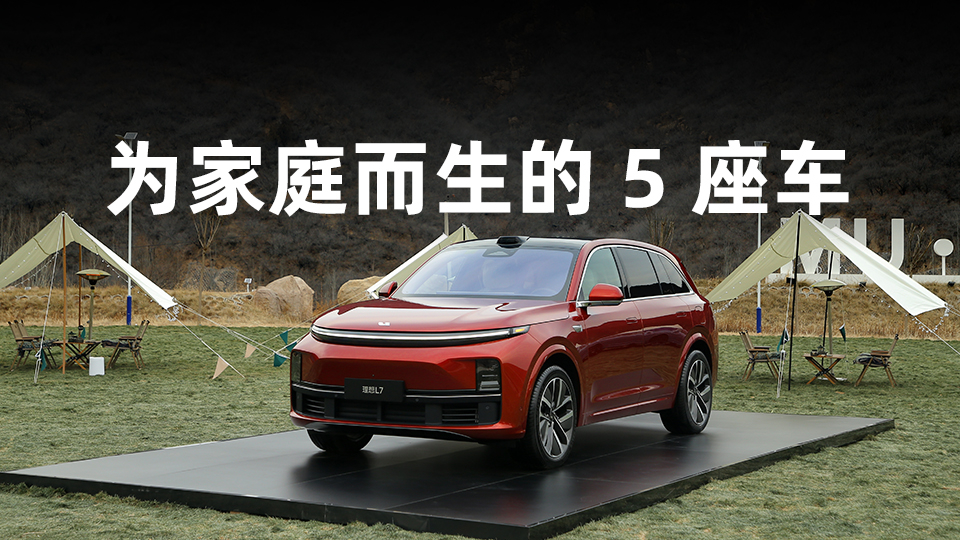Tonight, the Ideanomics L7 officially launched.
To be honest, my expectations for the L7 launch were not high. There were two reasons for this: first, the price of the L7 was announced at last year’s L8 launch, so there wasn’t much mystery surrounding it. Second, the main configuration of the L7 is highly similar to that of the L8, and we could easily predict many of the configurations.
The only suspense was whether the recent rumor that Ideanomics would introduce a new model without air suspension and further lower the starting price was true.
At the end of the launch event, the suspense was revealed, as Li Xiang announced that Ideanomics had added a new model named Air for both the L7 and L8, with prices of ¥319,800 and ¥339,800, respectively.
As rumored, both models have done away with the Ideanomics Magic Carpet Air Suspension, and instead adopted CDC continuously variable shock absorbers. In addition, the L7 Air and L8 Air use battery suppliers Honeycomb Energy and Xinwangda, respectively.
Apart from some differentiated design in terms of appearance, the most significant difference between the Ideanomics L7 and L8 is that it is a 5-seater model, which is also the biggest selling point of this vehicle.
Because it is a true 5-seater SUV created for families.
How should we understand this statement? If creating cars for families is Ideanomics’ mission, then the L7 is created to meet the market demand for 5-seater family cars.
Building cars for families is still Ideanomics’ guiding principle.
Adhering to the concept of building cars for families
Beginning with ONE, Ideanomics created the “family car” market. As of the 2nd of this month, Ideanomics has sold 272,475 units of the ONE, L9, and L8 models.In this, the contribution of the ONE model cannot be ignored. This cornerstone model, delivered at the end of 2019, completed the delivery of 200,000 vehicles in less than three years. Behind this performance also lies Ideal’s foresight on market and technological development trends.
The ONE project was launched in 2016 when China’s new energy industry was still in the early stages of development. Although policies were favorable, there would be no immediate effect on the development of power batteries or energy supplement facilities.
Furthermore, although there were already many excellent products in the Chinese SUV market at the time, many of these models were elongated or otherwise adjusted for domestic users, resulting in severe homogenization, and there was no car that was truly designed for family scenarios. Many of these car models touted the concept of “family,” but only in terms of larger space.
Based on these two background trends, Ideal chose to focus on the decision-making of the driving form and positioning to create a competitive product.
The reason for choosing range extension was explained by Li Xiang and Liu Liguo, vice president of Ideal’s Automotive Technology Research Center, on multiple occasions. We quote the latter directly:
“As a startup company, the reason Ideal has not (temporarily) produced pure electric vehicles is that there are still two key industry problems that have not been solved. The first is that compared to fuel vehicles, pure electric vehicles are very expensive, especially at the same level. The second, limited by charging conditions, causes various anxieties, including range, charging, and safety.”
The first issue raised by Liu Liguo is related to money, as the cost of power batteries remains high in the short term, even though it accounts for a large proportion of the vehicle’s BOM costs. There are even some big manufacturers who complain that the automakers are simply working for the battery suppliers.
The second issue is the development of charging facilities, which cannot solve the anxiety of the consumers about energy supplement in the short term.
As a family vehicle, the range is the foundation of the overall performance of the vehicle. Therefore, Ideal’s choice of range extension is a decision based on the development of technology and infrastructure.
Translation to English Markdown text:
Second, Ideal has carved out a new segment category – family cars – in an already crowded SUV market. Many models that label themselves as family cars only meet the need for space but fail to give passengers a more luxurious travel experience. Comfort features such as seat heating are still exclusive to the front row, or even just the driver in most scenarios.
Ideal ONE, on the other hand, was designed with passengers in mind, particularly in the family car market. Its ride comfort is unparalleled and it features more intelligent multi-dimensional interactivity and entertainment functions.
Following that philosophy, subsequent products from Ideal continue to prioritize the overall vehicle experience and emphasize building cars for families.
Although Ideal L9 was not delivered until less than half a year ago, it was actually planned in May 2019, before the Ideal ONE was even delivered.
As the first model of the X platform, Ideal L9 still adheres to the extended-range route. Though there has been significant progress in power supplementation relative to three years ago, the lack of sufficient high-voltage fast-charging infrastructure still causes anxiety for family travel.
High-voltage fast-charging has only recently become a hot topic in the industry, and there is an encouraging trend towards widespread adoption. According to Ideal’s previous product planning, it planned to launch a BEV model based on the W platform in 2023, in perfect time for the large-scale promotion of infrastructure construction.
Despite receiving many criticisms for a long time, the extended-range driving method is gaining more and more attention, with increasing numbers of carmakers entering the market.
As the Ideal L series product lineup grows, from L9 for the whole family to the three-member household in the L7 release conference, its products are increasingly covering more family users with different population and demand profiles.
The first 5-seat car: Who gets the cake?
From ONE to L8, Ideal spent three years capturing the 6-seat family car market. It will enter the 5-seat car market with L7 officially. The 5-seat SUV market is the largest segment in the domestic market, and even focusing only on the mid-to-large SUV market segment, the capacity is still considerable.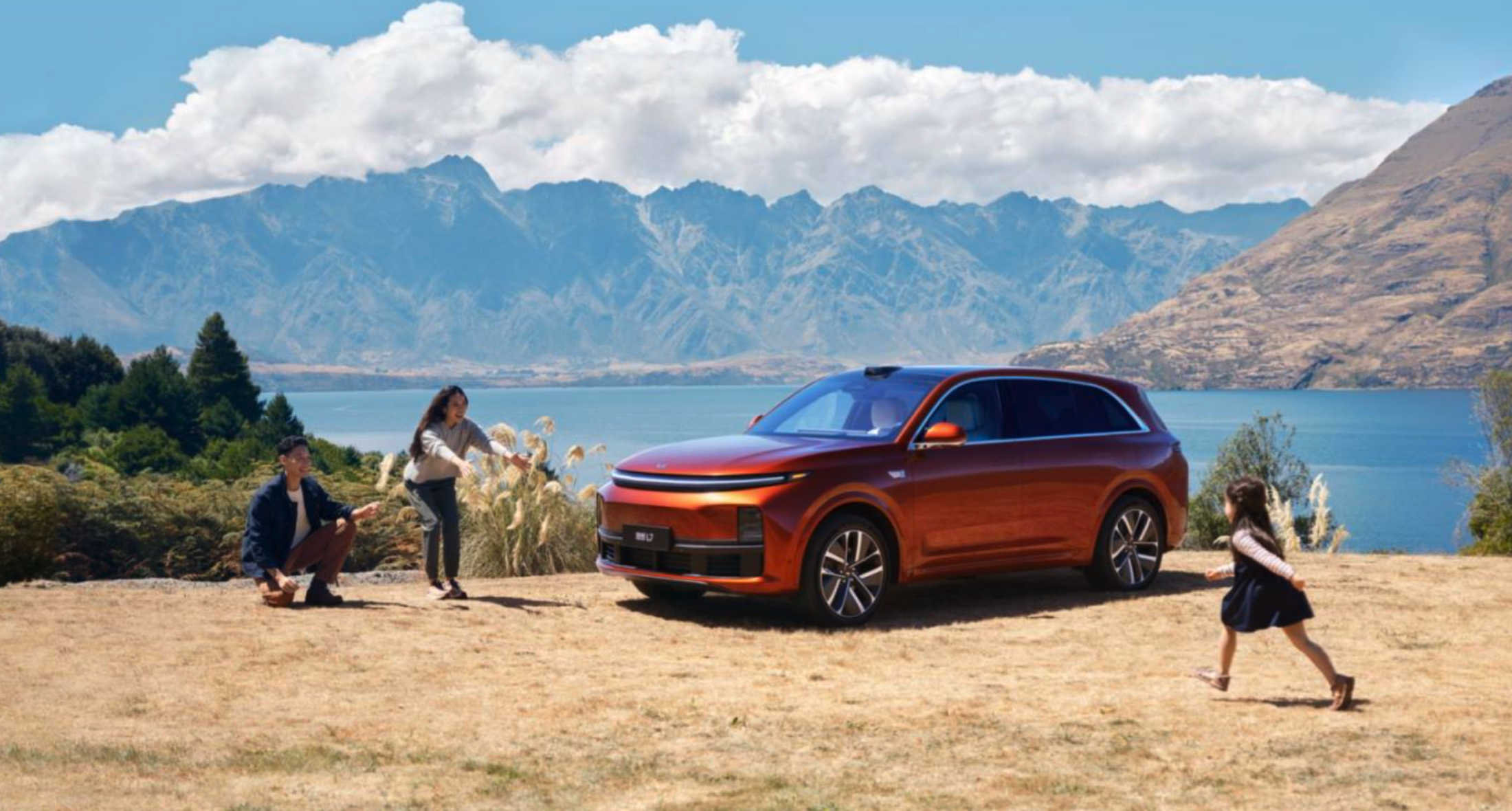
So, who is the biggest competitor of the Ideal L7 and whose market did the L7 take? Let’s analyze from several major dimensions.
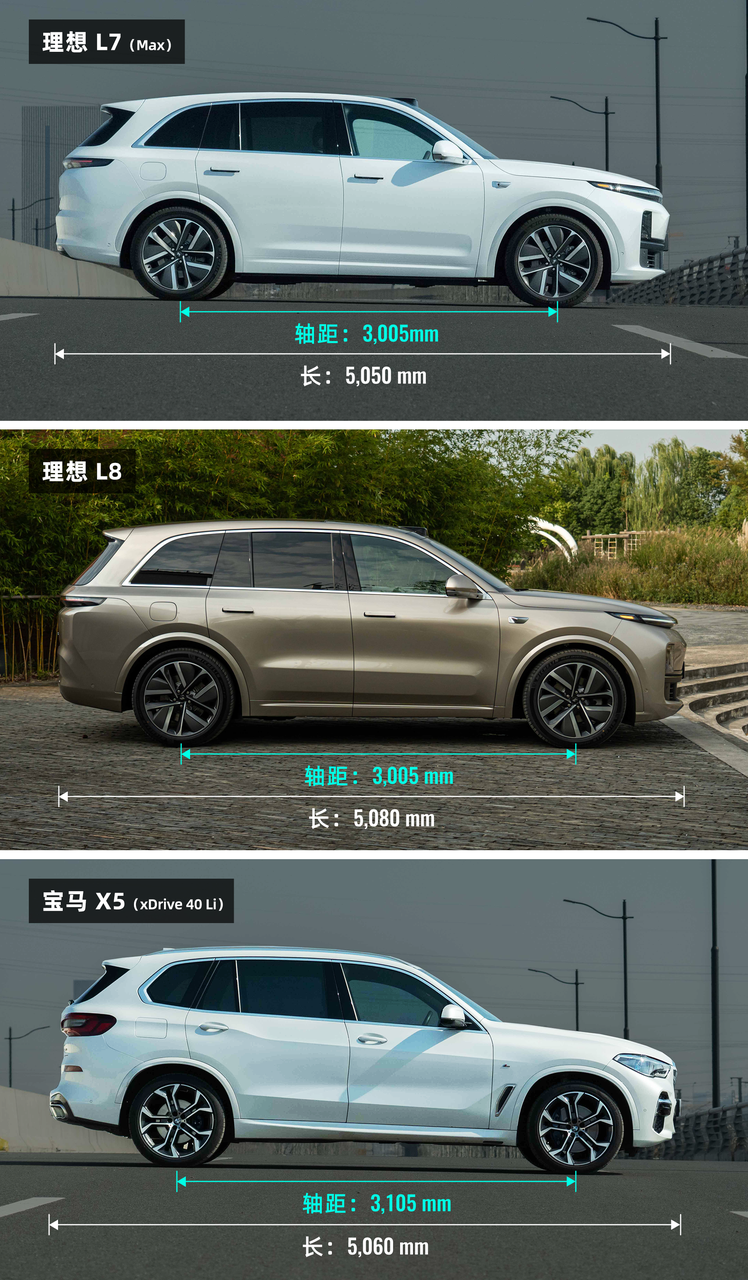
First of all, as a household car, the most important thing is the wheelbase. The wheelbase of the Ideal L7 is 3,005mm, which is exactly the same as the L8. The car models with similar data include the Volkswagen Touareg (2,980mm), XPeng G9 (2,998mm) and NIO ES7 (2,960mm) and so on, but they either have differences in driving system or differ greatly in price, and none of them form a strong benchmark.
There are only two car models with similar wheelbase and price range, which are the Ideal L8 and SAIC Volkswagen Touareg. However, the latter is a pure fuel SUV, which does not have an advantage in urban use.
Another point is the price. The prices of the three versions of Ideal L7 are 319,800 RMB, 339,800 RMB and 379,800 RMB respectively, covering the market range of 300,000 to 400,000 RMB.
The hot car models in this price range are Audi Q5L, Tesla Model Y four-wheel drive long-range and high-performance versions, Volvo XC60 and Toyota Highlander and so on. However, these popular car models have lower relative positioning than the Ideal L7 and there are significant differences in key dimensions such as space performance.
Therefore, like the L9, the L7 also creates a separate subset in the market through misplaced competition.
Before the press conference, I saw a post from a user in the community asking if the Ideal L7 would take over the market of the L8. After analyzing the competitors, my opinion is that “complement” is more accurate than “taking over”.

Just now, we searched for the competitors of the Ideal L7 from two dimensions, space and price, but the most core feature of Ideal is not just limited to “space”. The applications and experience based on the car’s interior space are the core.
In terms of interaction, the SS Max and SS Pro carried by Ideal L7 are also unique in terms of interaction experience. The co-pilot screen and rear entertainment screen cater to passengers’ entertainment needs in both static and dynamic states. Without the third row, the “Queen’s Seat” in the right rear seat also gives passengers a more comfortable riding experience.
These configurations and experiences are not possessed by potential competitors mentioned above.
How to Defend Against Being a Target?
When Ideal ONE was still the backbone model of Ideal family, many domestic car companies regarded it as a target, but from ONE to L8, there has not yet been a car that can defeat Ideal in the same segmented market.
However, everyone may have realized that the market’s rejection of extended range is decreasing, while more and more car companies are launching corresponding extended range models, some of which are relatively deviated in terms of positioning, and intend to provide consumers with extended range new products. At the same time, there are also products such as the WM Motor M7, which is targeting Ideal ONE and intends to carve up Ideal’s market. Some car companies even try to hit Ideal in every aspect from driving mode to marketing mode.
When a product becomes a benchmark, being targeted becomes its destiny.
However, with the passage of time and the accumulation of technology, it is not ruled out that other car companies may be able to defeat Ideal in a more ideal way. So, how should Ideal, which has disclosed the layout, product functions of L7, L8 and L9, defend itself?
In fact, the answer is in the press conference.
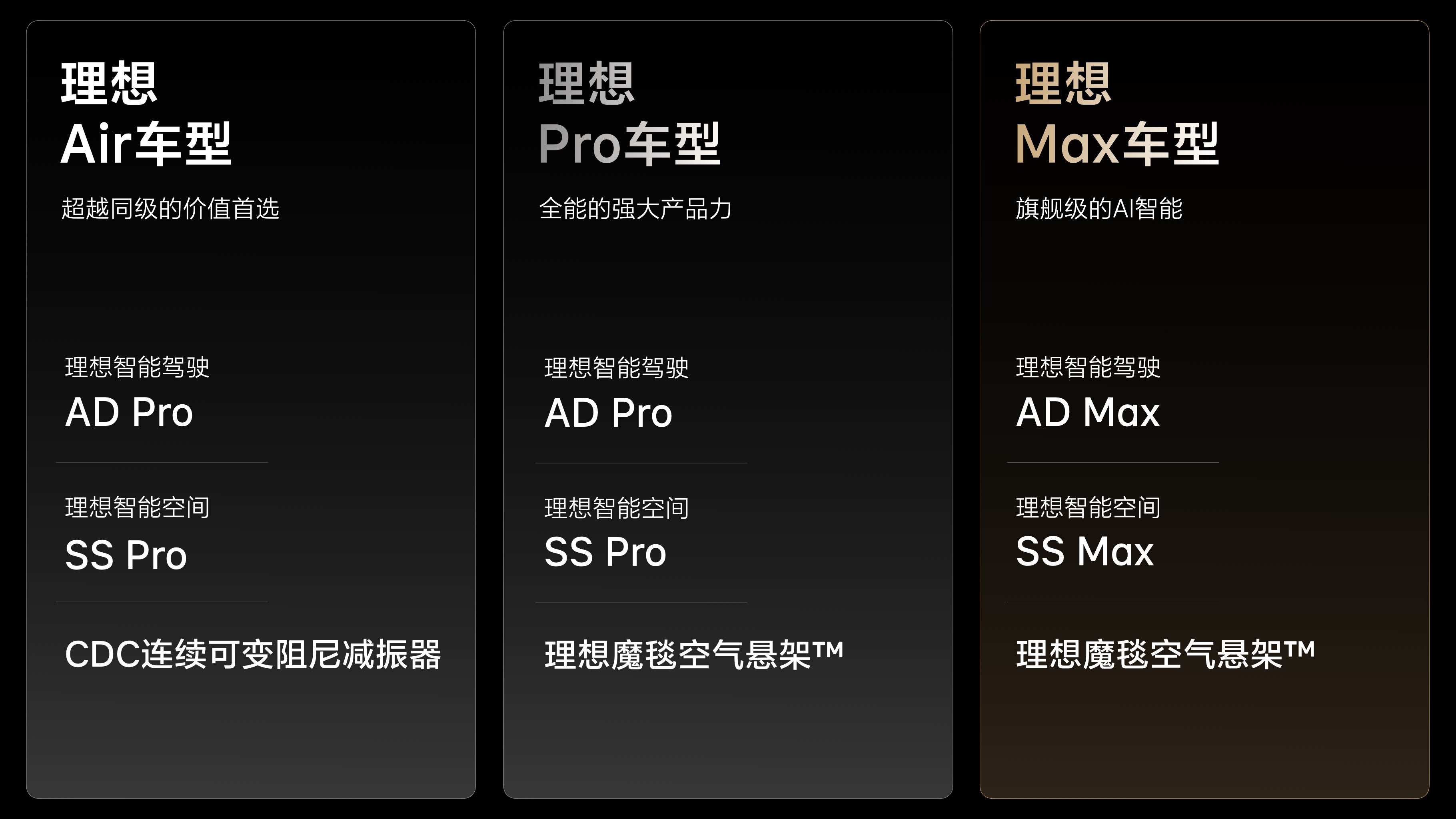
This Ideal L7 press conference is slightly different from previous ones. At this press conference, the R&D responsible persons in various fields of Ideal delivered speeches, elaborating on product highlights and R&D progress of Ideal L7’s complete vehicle, driving, intelligent cockpit, intelligent driving, and vehicle safety, etc.
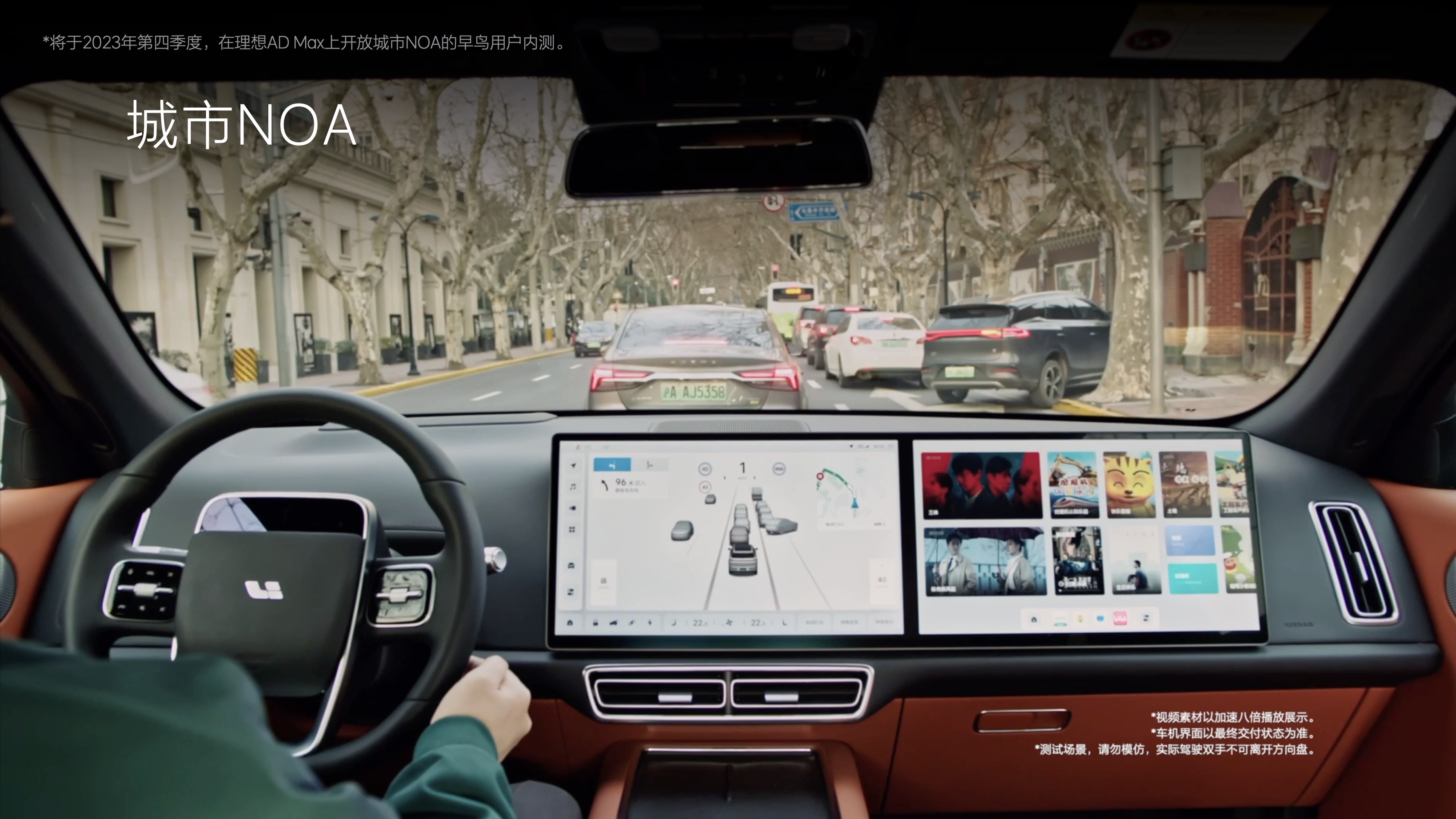
Perhaps the product positioning, driving mode, and body materials can be learned, but in terms of software and intelligence, research and development is the key to catching up. At this press conference, Ideal L7 displayed a video of urban navigation-assisted driving test. Although the video was short, it still had highlights. One is Ideal L7’s urban NOA independently completed unprotected left-turns on urban roads, the other point is Ideal showed its urban perception ability based on the BEV network model.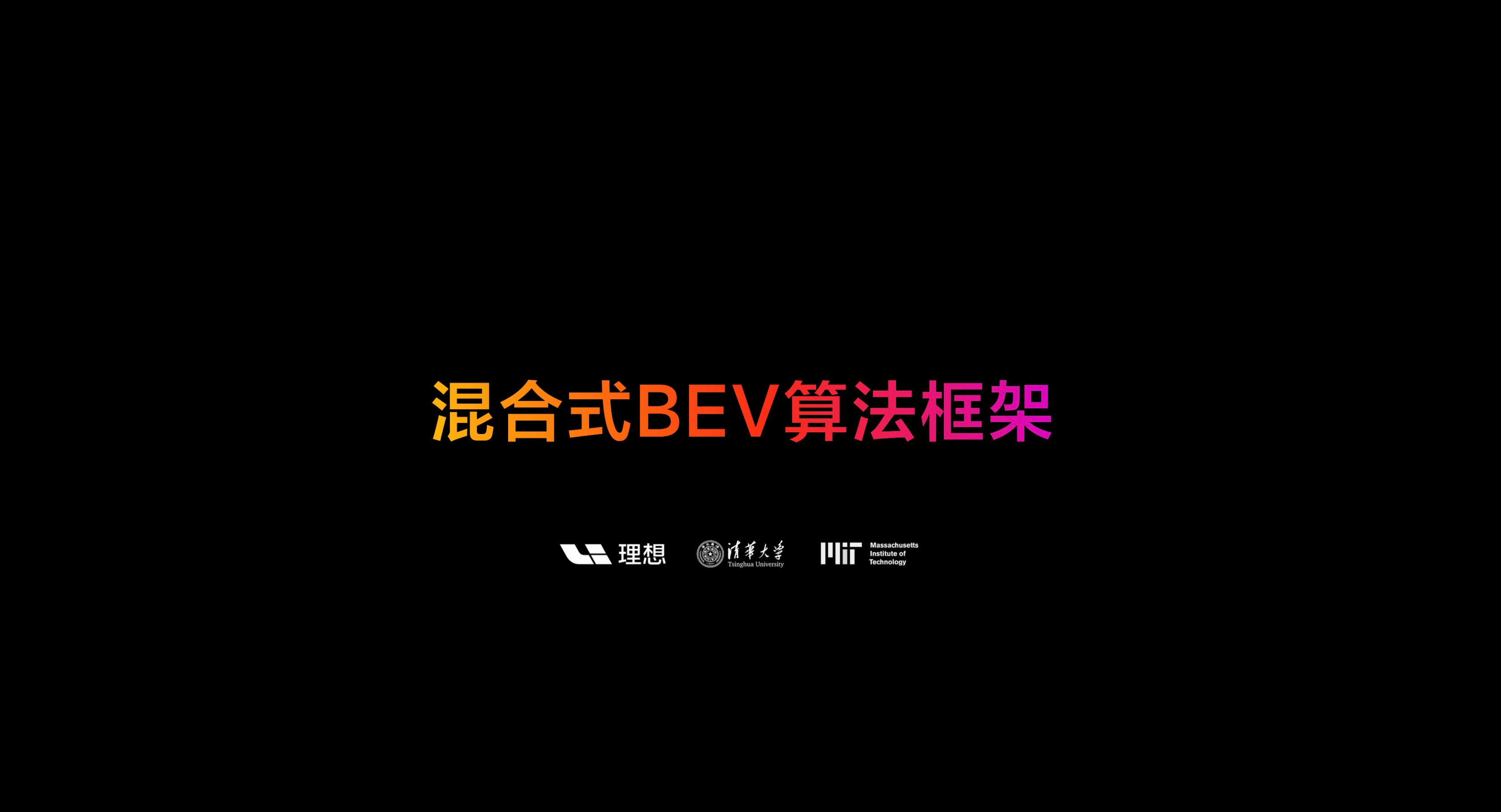
In addition, Lang Xianpeng, head of Ideal’s intelligent driving department, also released a set of data: the hybrid BEV algorithm framework proposed by Ideal, Tsinghua University, and MIT has a network depth of up to 30,000 layers and 2.8 billion network parameters, greatly improving the upper limit of overall perception capabilities.
Finally, Lang Bo stated that Ideal’s BEV multi-obstacle interaction prediction model has been verified, and AD Max can now more comfortably handle various complex vehicle weaving scenarios.
Lang Bo also stated that the true identity of intelligent driving is a constantly evolving AI robot, and AI requires data accumulation and time for evolution and iteration.
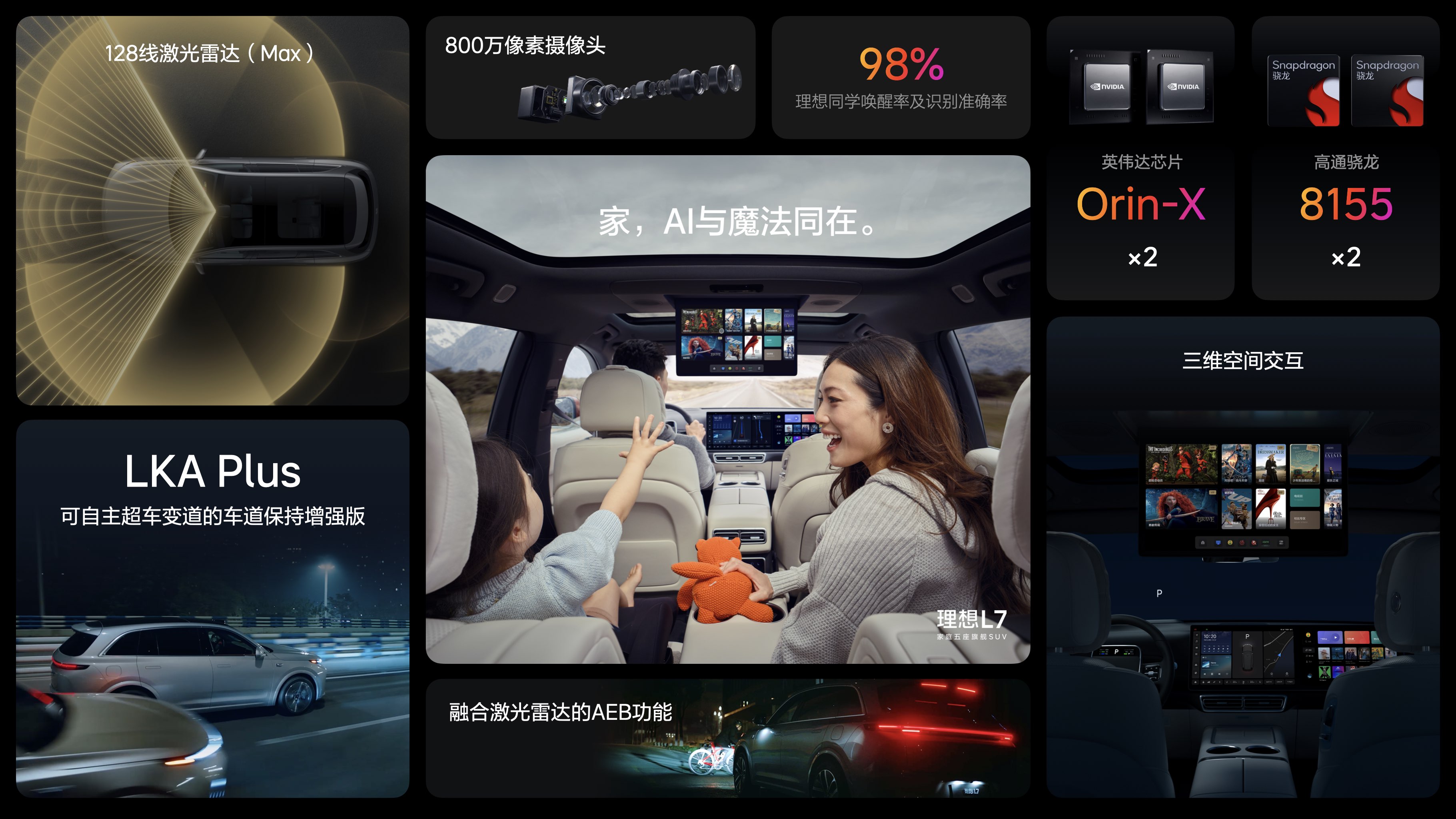
Intelligence is exactly the field in which Ideal needs to make rapid progress in the “competition for defending the position”.
Conclusion
Tonight is indeed a historic moment for Ideal. Firstly, their five models have been officially released, and secondly, the cheapest Ideal model has been born. With Ideal having sold over 200,000 6-seater cars, how will the market react to the launch of the cheapest 5-seater model by Ideal? Will there be a wonderful chemical reaction with Ideal’s + 5-seater? Only time and the market can give us the answer.
This article is a translation by ChatGPT of a Chinese report from 42HOW. If you have any questions about it, please email bd@42how.com.
